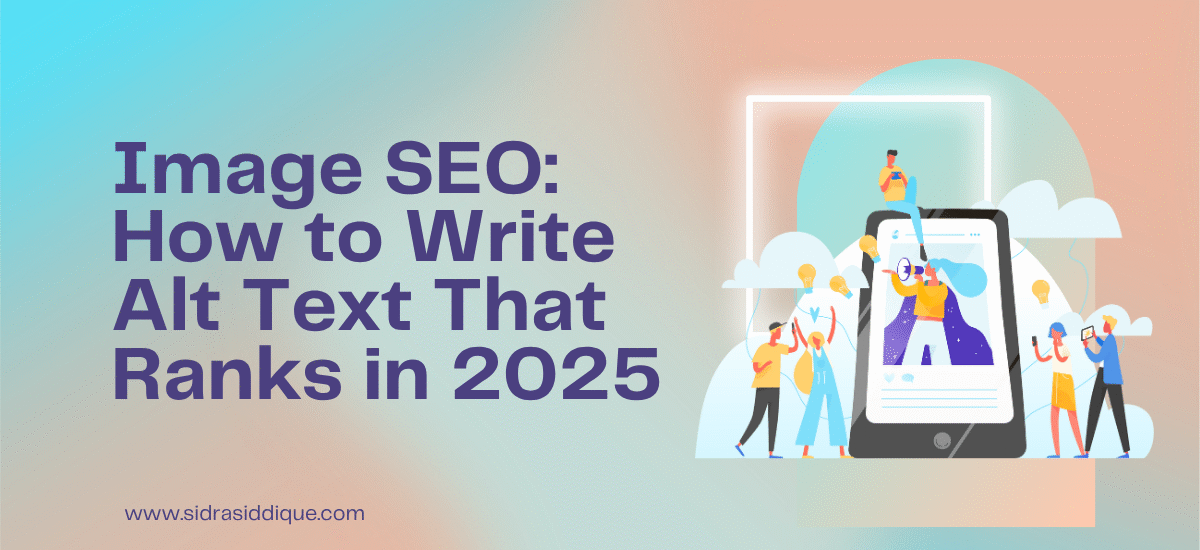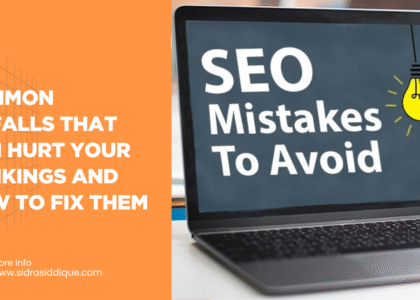In 2025, Image SEO is more important than ever for improving website visibility on search engines and making content accessible to all users. When images are not optimized properly, they can hurt both rankings and user experience. Writing smart, effective alt text is a key part of modern SEO strategies. It helps screen readers understand your images and allows Google to index them correctly.
By focusing on alt attributes, using accurate image file names, and avoiding keyword stuffing, you can improve both performance and accessibility. Whether you’re running a blog, WooCommerce SEO store, or portfolio site, this guide will teach you how to write alt text that actually ranks in 2025.
Why Image SEO Matters
Google now reads and understands images much better than before. Thanks to AI and machine learning, it looks at alt attributes, image descriptions, and how you label your files. How Google reads images has changed. It’s not just about seeing a photo — it’s about understanding it.
If your website has descriptive alt text for products, proper HTML image tags, and optimized file names, you’re more likely to appear in AI-powered results. This is especially important for e-commerce sites using WooCommerce SEO or Shopify SEO.
| Image SEO Element | Importance |
| Alt Text | Helps screen readers, boosts SEO |
| Title Text | Gives extra context to search bots |
| Image File Name | Makes the image easier to index |
| Structured Content | Connects images with the topic |
What is Alt Text and Why It’s Important
Alt text for SEO is a short written description that explains what an image shows. This helps search engines and users who use screen readers. Many people ask, should every image have alt text? The answer is yes, especially for content images.
If you’re selling something online, you need descriptive alt text for products. For example, instead of writing “shirt,” write “red cotton t-shirt for men with round neck.” It helps Google know what the image shows and makes your site more accessible to users with visual impairment.
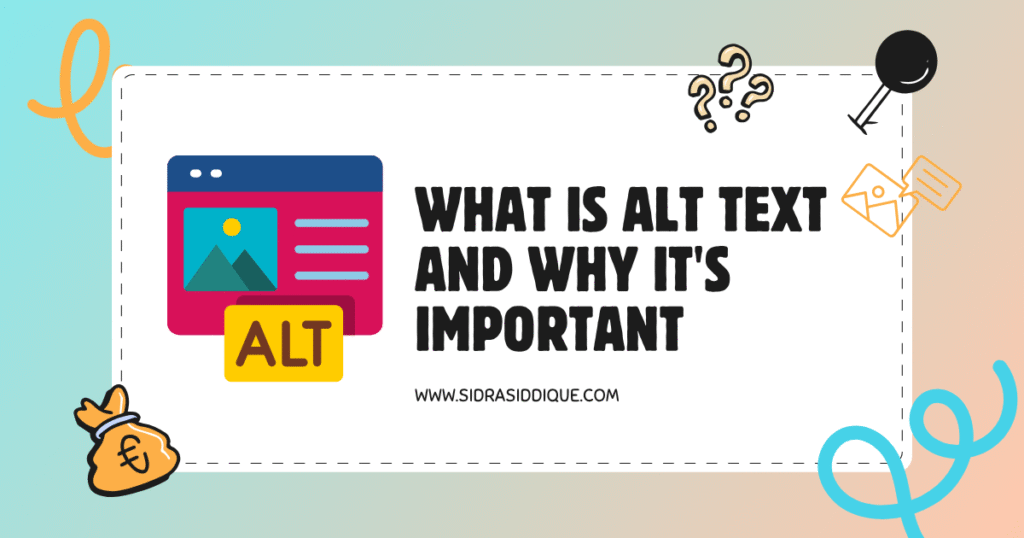
How to Write Good Alt Text
Many ask, how to write good alt text? The key is to be short but detailed. Avoid keyword stuffing. Use relevant phrases that describe the image clearly.
Let’s look at two examples:
| Bad Alt Text | Good Alt Text |
| Shoes | Women’s black leather heels with ankle strap |
| Dog | Golden retriever puppy sitting on green grass |
Also, for decorative images (like background shapes), use empty alt text (alt=””) to skip them for screen readers.
What is Title Text in SEO
People often ask, what is title text in SEO and is title text important for SEO? Title text appears when users hover over an image. It’s not as important as alt text but still useful. It gives extra info to users and bots.
While writing title attributes, use them to add context. For example, “Click to view our new collection” works well as a title on a clickable image. But never rely on title text alone for SEO — it’s an extra layer, not the main piece.
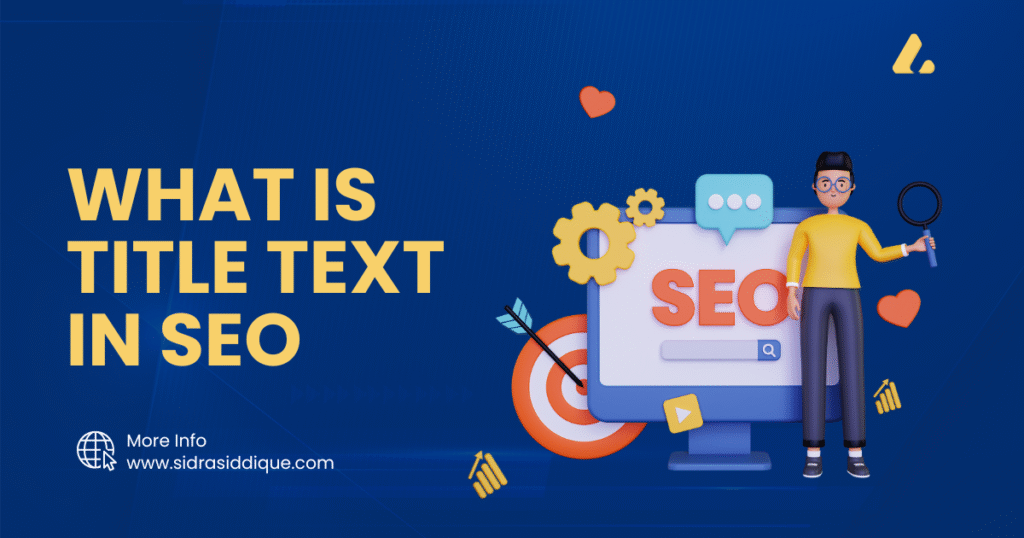
How to Optimize Images for Google
Knowing how to optimize images for Google means following all steps together. Start with renaming your images with keywords before uploading. Instead of “IMG123.jpg,” write “blue-winter-coat-men.jpg.
“Use the WordPress image settings or your CMS tools to set alt tags, title attributes, and image descriptions. Also, compress the image file to reduce size but keep the quality. That improves site speed, a big part of SEO best practices.
How Google Reads Images in AI Overviews
Google uses AI to understand the image context from file names, alt attributes, and surrounding structured content. If your image appears in a product page or a how-to article, Google connects all this info to decide how relevant the image is.
That’s why WooCommerce SEO and Shopify SEO depend so much on image optimization. If your images are not labeled properly, you may lose visibility in AI overviews and featured snippets.
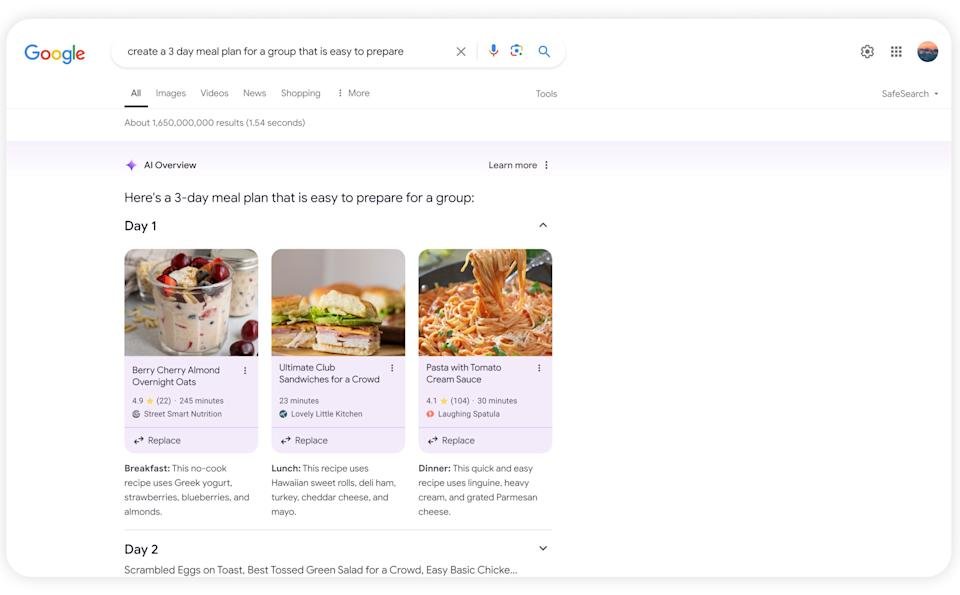
What Does a Screen Reader Read
What does a screen reader read? It reads the alt text, the title attribute (if available), and sometimes even nearby text. So, images must be clearly described using image SEO principles.
Here’s a sample for a product image:
<img src=”black-handbag.jpg” alt=”Black leather handbag with gold chain” title=”Elegant handbag for formal events”>
This is helpful for both SEO and accessibility. It supports users with visual impairment and helps Google better understand your content.
What is the Difference Between Alt Text and Title Text
People often ask, what is the difference between alt text and title text? Alt attributes are used for accessibility and search engines. Title attributes are used for additional user information.
| Feature | Alt Text | Title Text |
| Purpose | SEO + Accessibility | Extra Info for Users |
| Visible? | No (unless using screen reader) | Yes (on hover) |
| Required? | Yes | Optional |
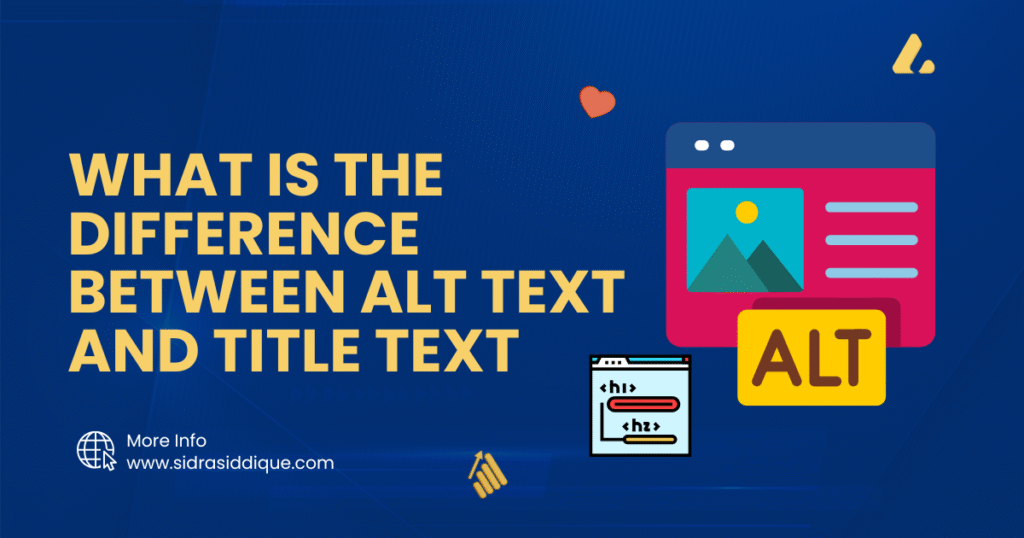
Conclusion
Using SEO best practices for images is no longer optional. With AI growing stronger and search results evolving, image optimization has become a must. Focus on how to write good alt text, use clear title attributes, and always think of accessibility.
When done right, optimized images can help you rank better, improve UX, and even show up in AI overviews. So next time you upload an image, take a minute to add a proper alt tag, rename the file, and set the right WordPress image settings. That small step can lead to big SEO gains.
FAQ: All Your Alt Text Questions Answered
What should be included in alt text?
Alt text should describe the content and purpose of the image clearly and briefly. Include relevant keywords only if they naturally fit the description and support the context.
Should you include names in alt text?
Include names in alt text only when they are essential to understanding the image—like a product name or brand. Avoid using names just for SEO if they don’t add value.
How to use alt text correctly?
Use alt text to describe what’s shown in the image in a way that makes sense to users and screen readers. Keep it short, specific, and avoid keyword stuffing.
How to write SEO-friendly alt text?
Write alt text that is descriptive, natural, and includes keywords only when appropriate. Focus on the image’s role on the page and follow SEO best practices for image optimization.
Should alt text have keywords?
Yes, but only when they fit the image description naturally. Forced keywords can hurt both image SEO and accessibility.How much detail should be in alt text?
Include just enough detail to convey the image’s message or function. For example, a descriptive alt text for products should cover the product type, color, or style, but avoid overly long text.

